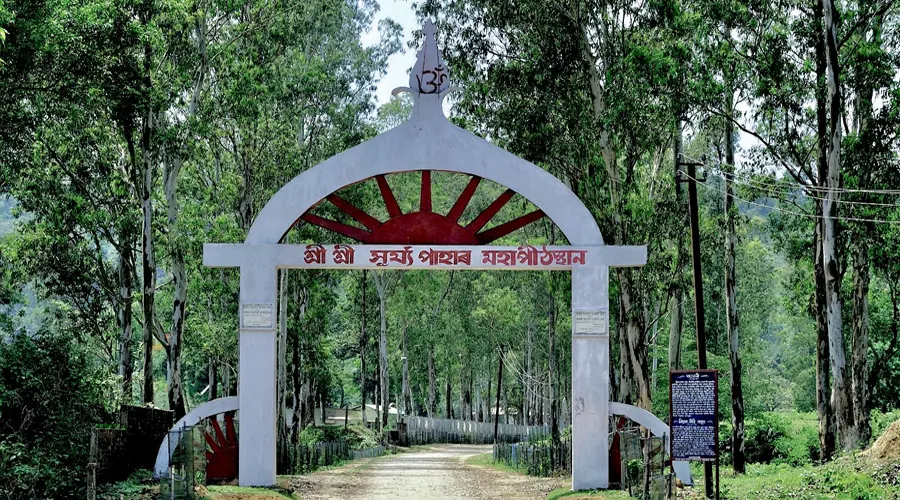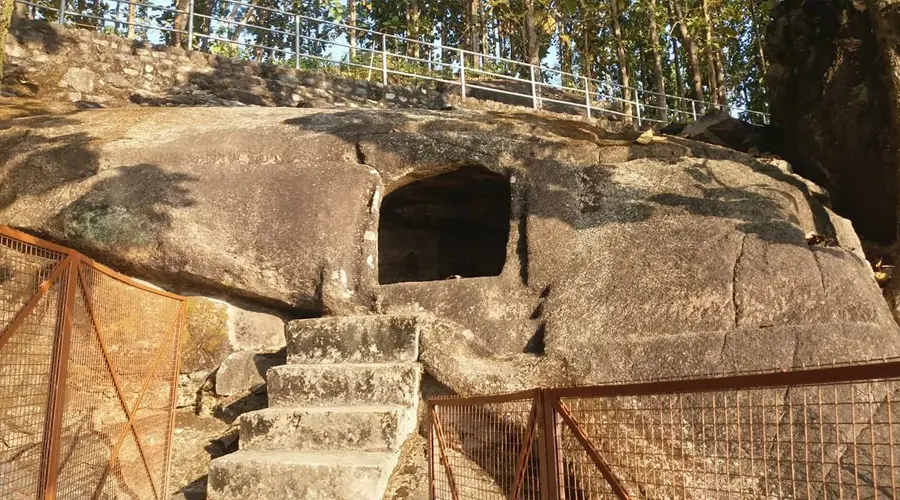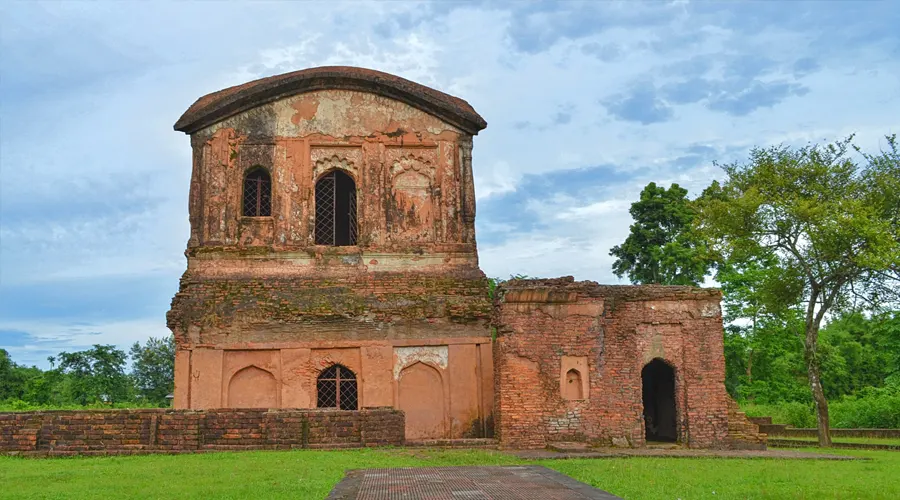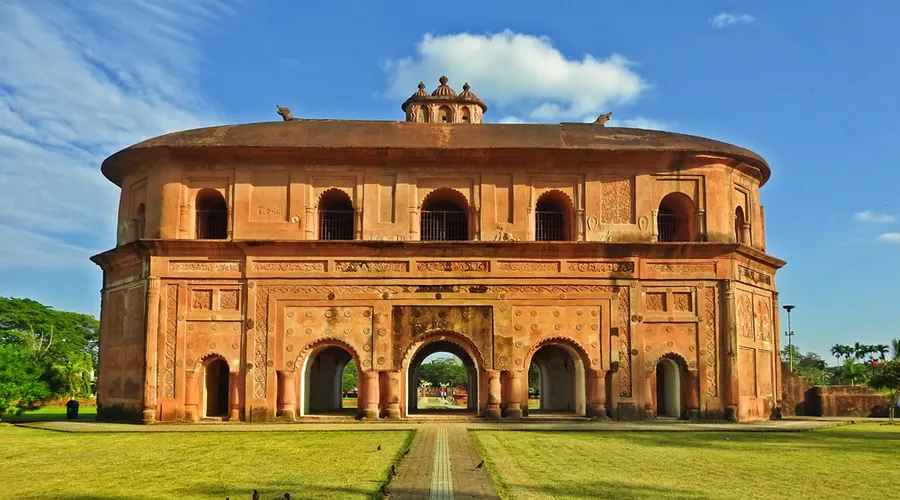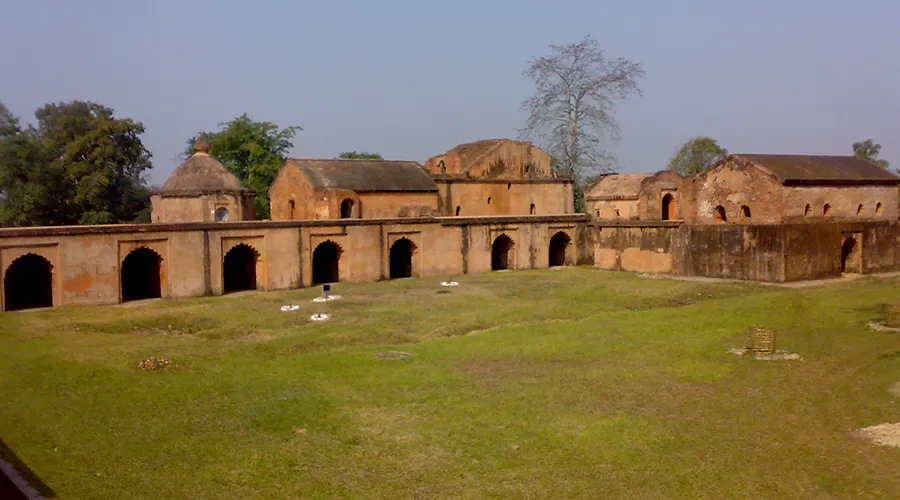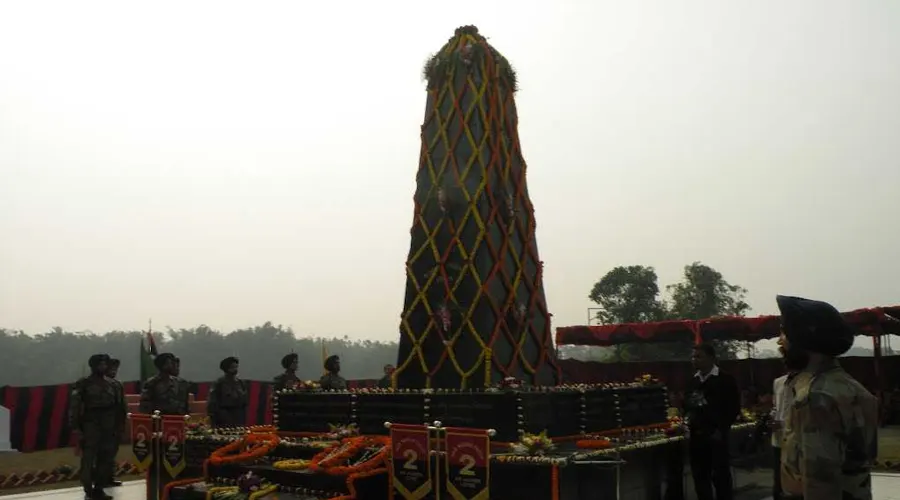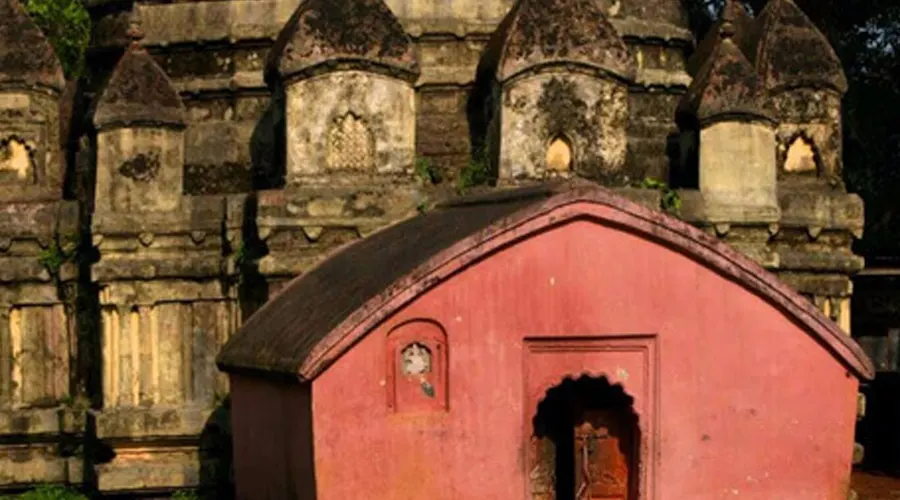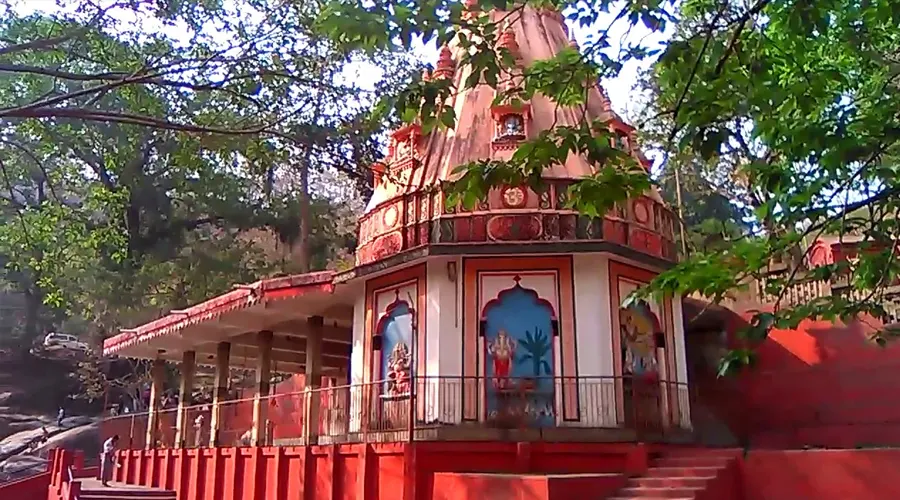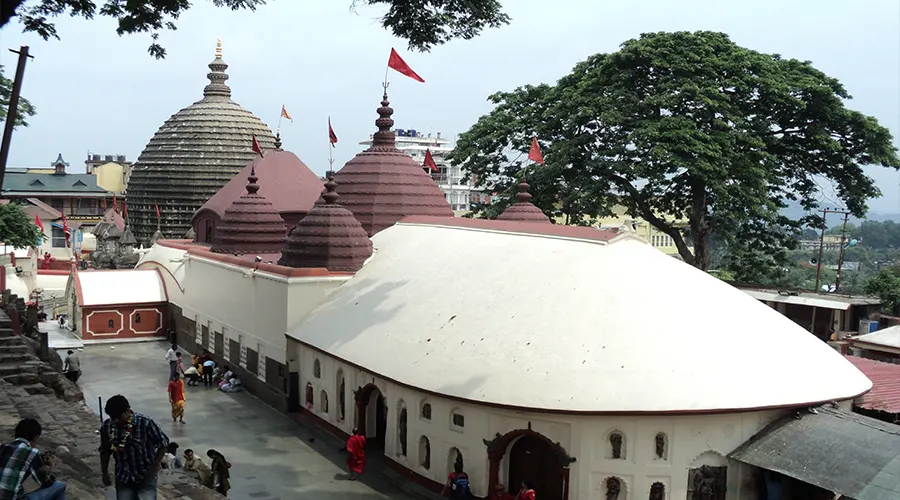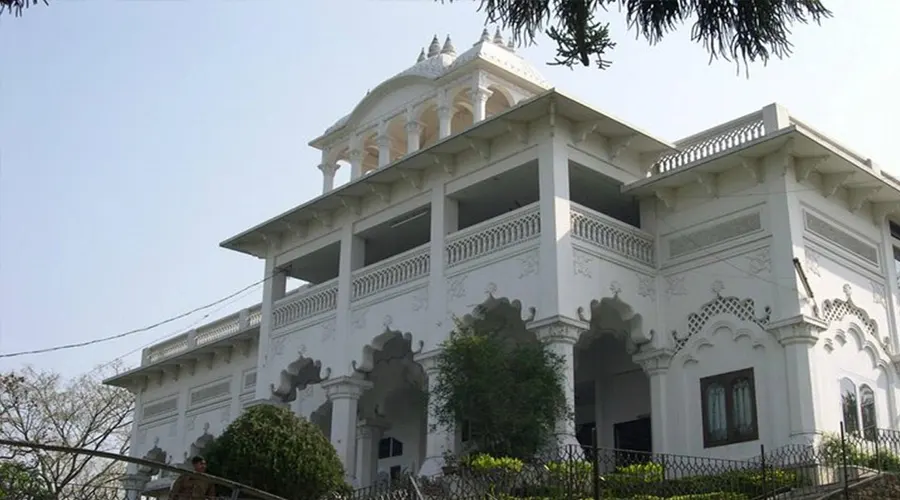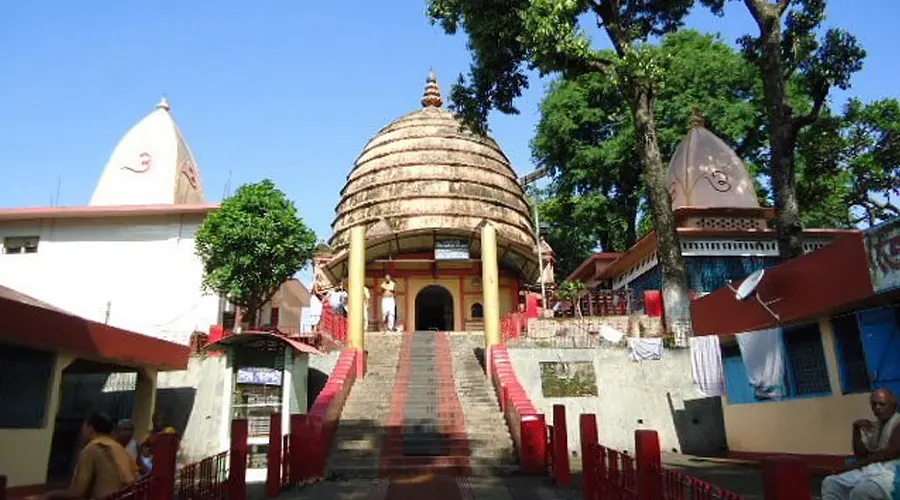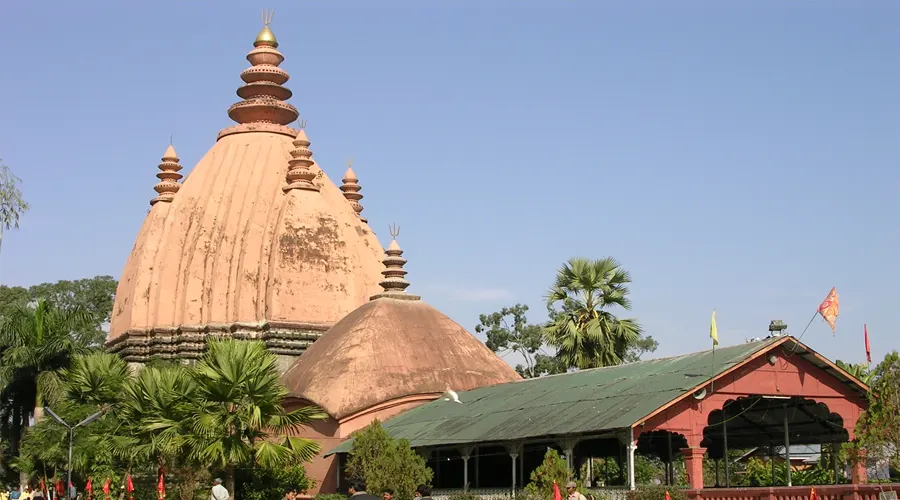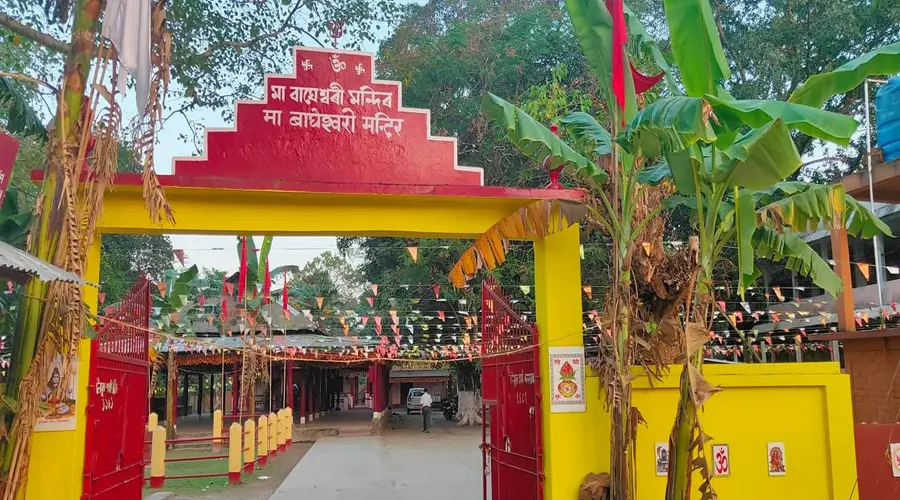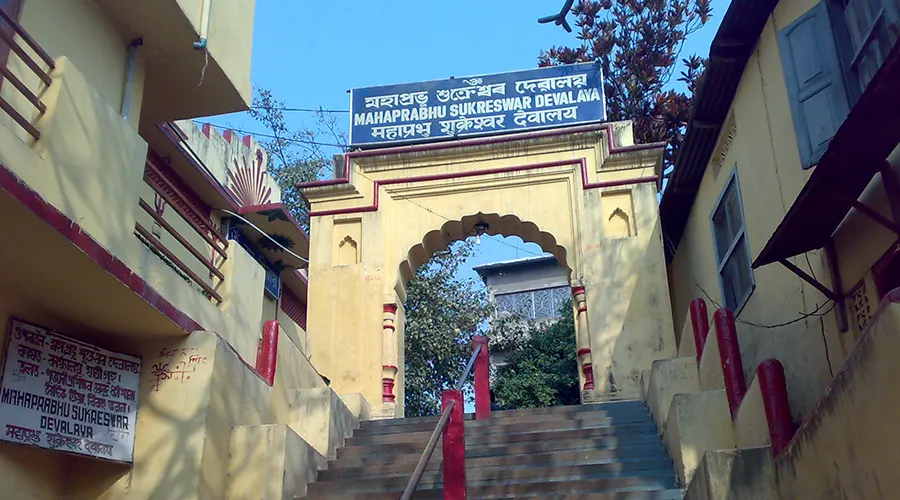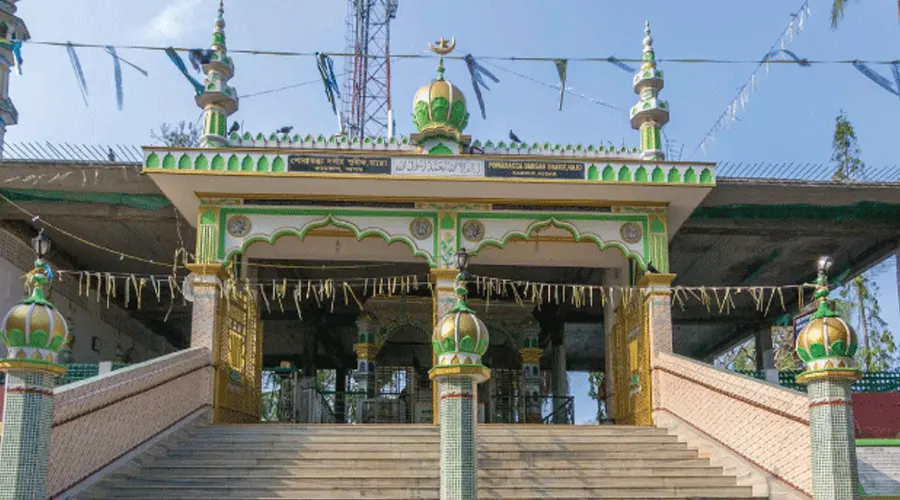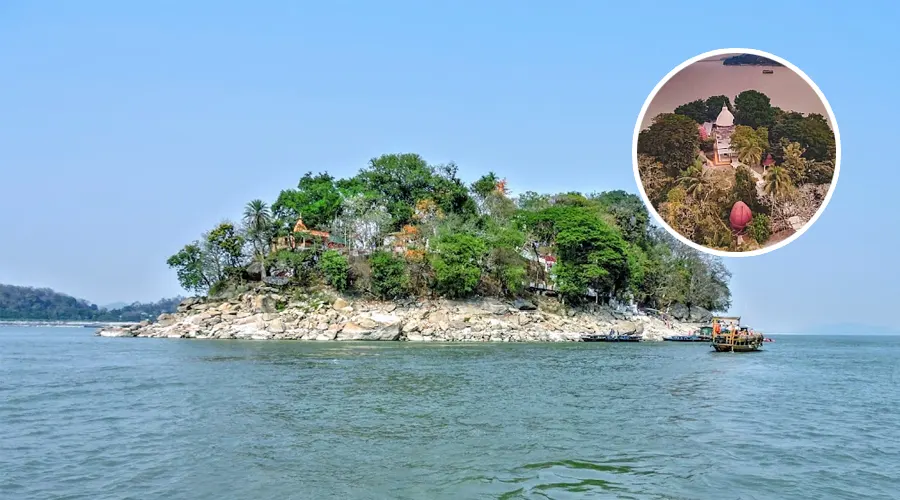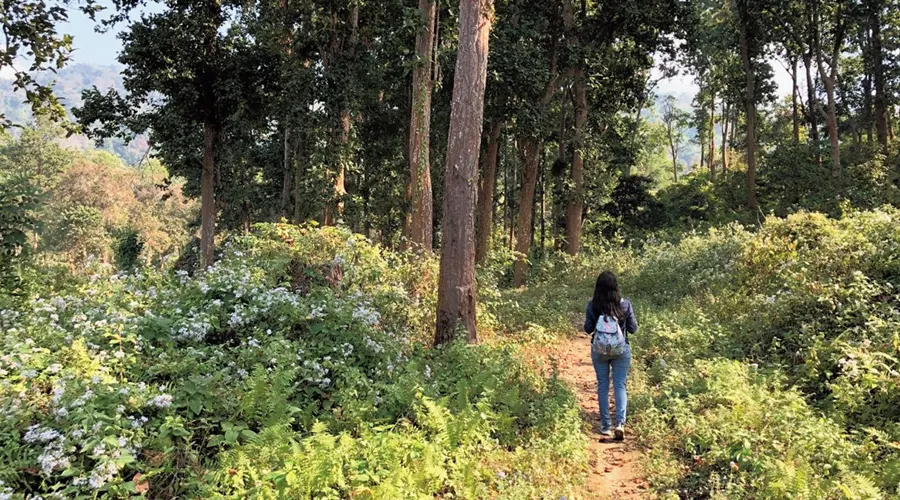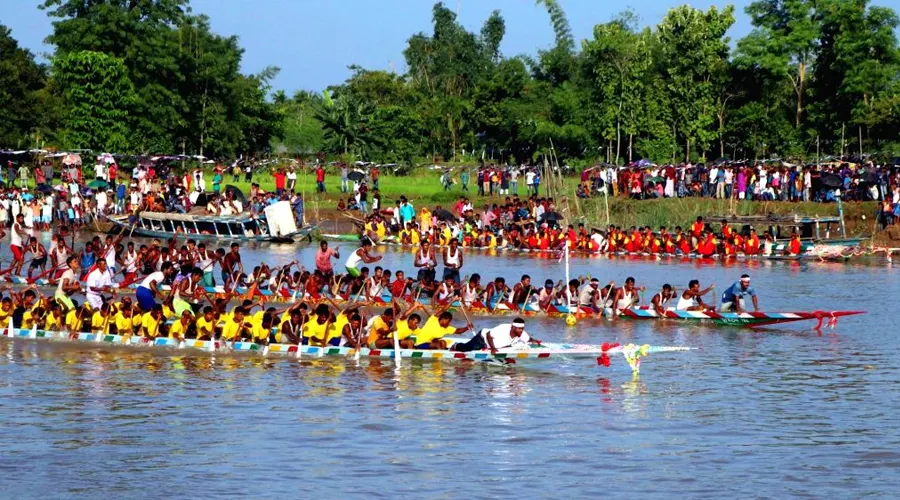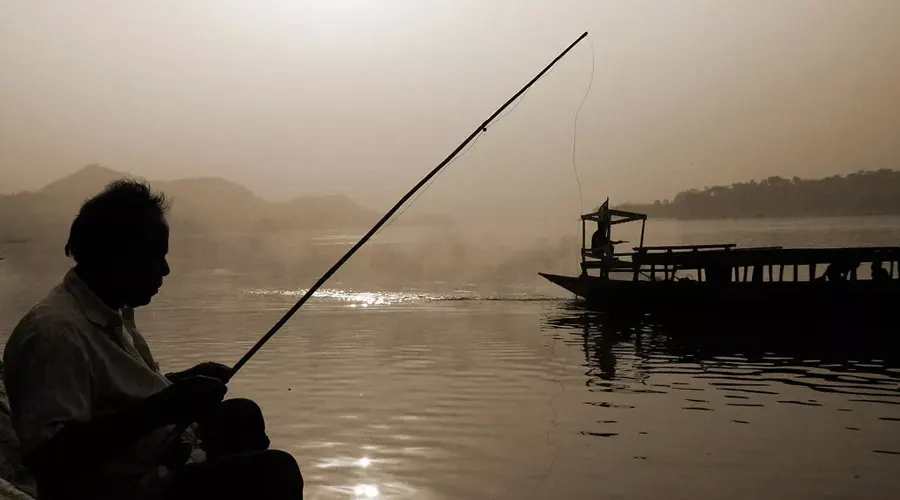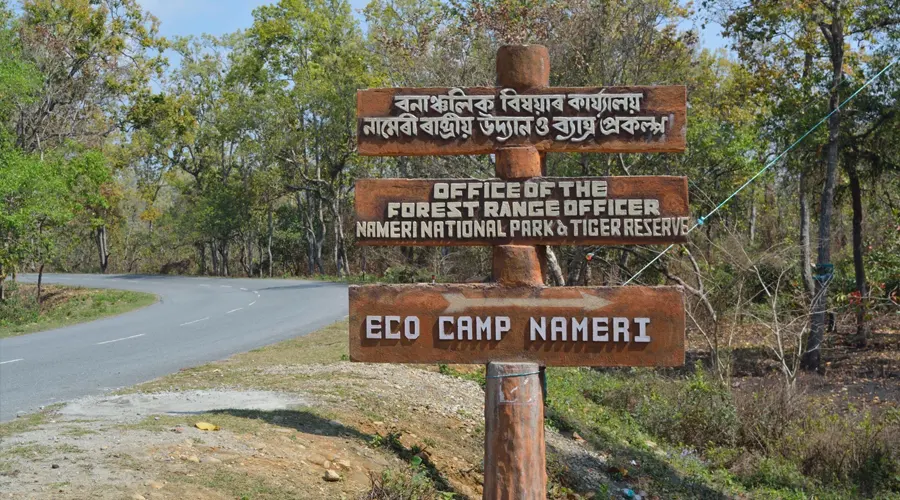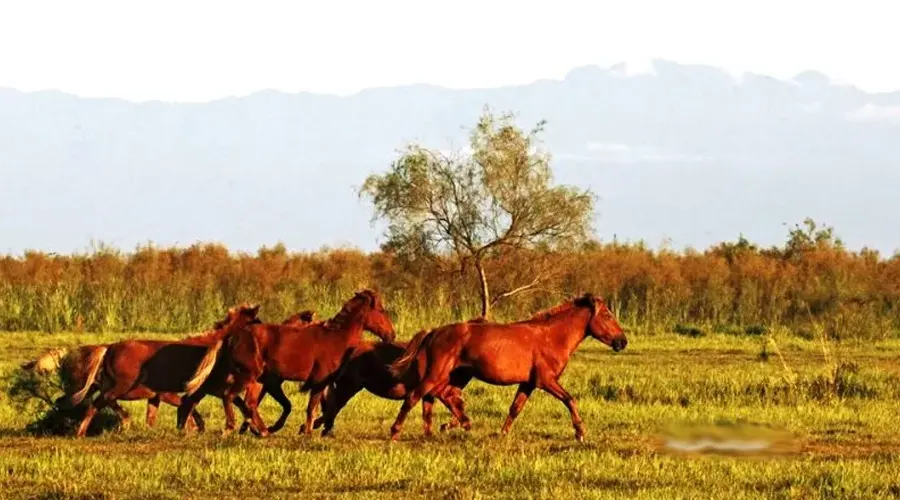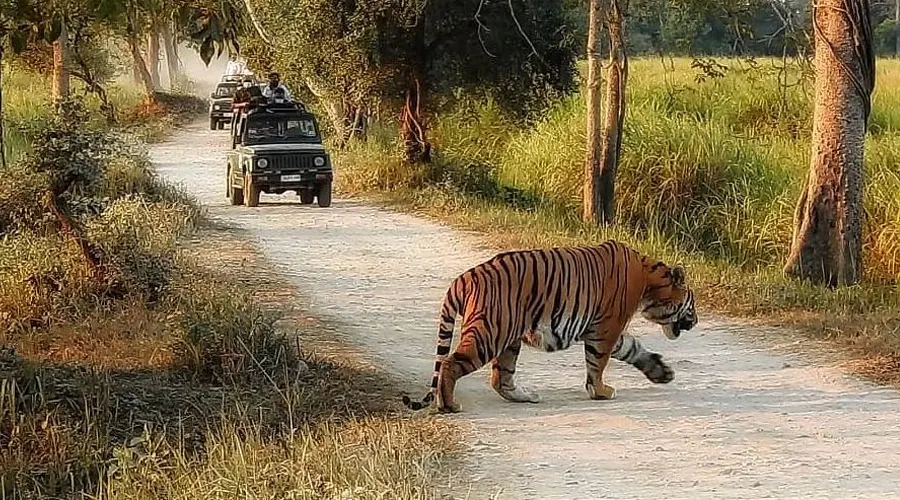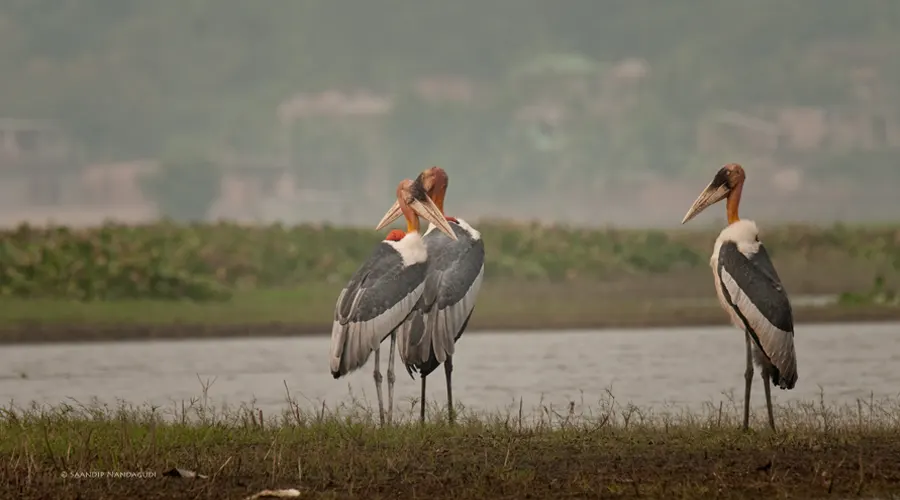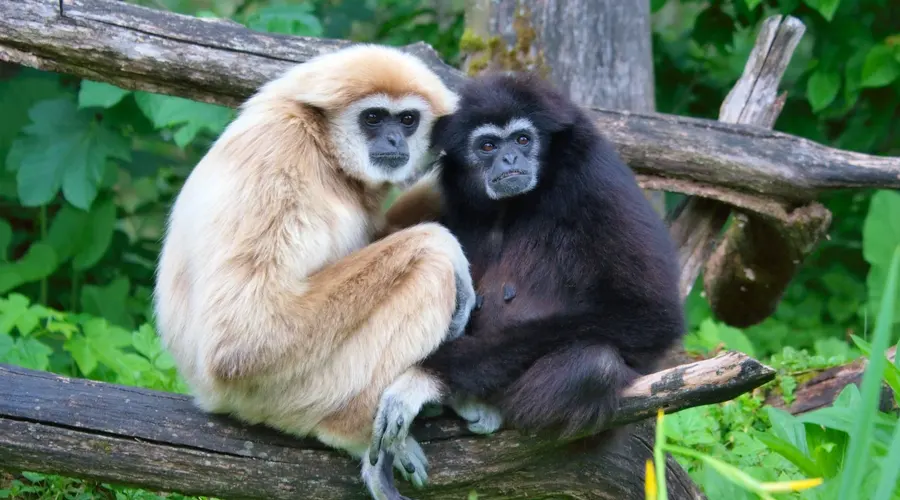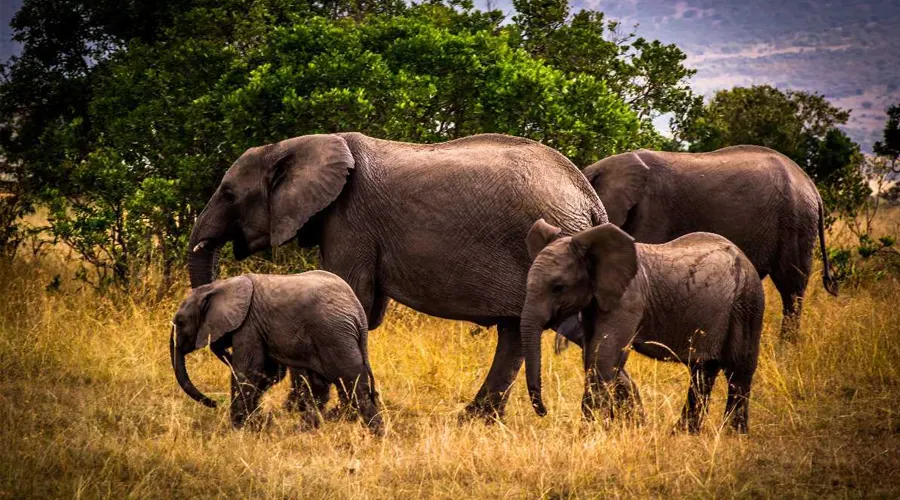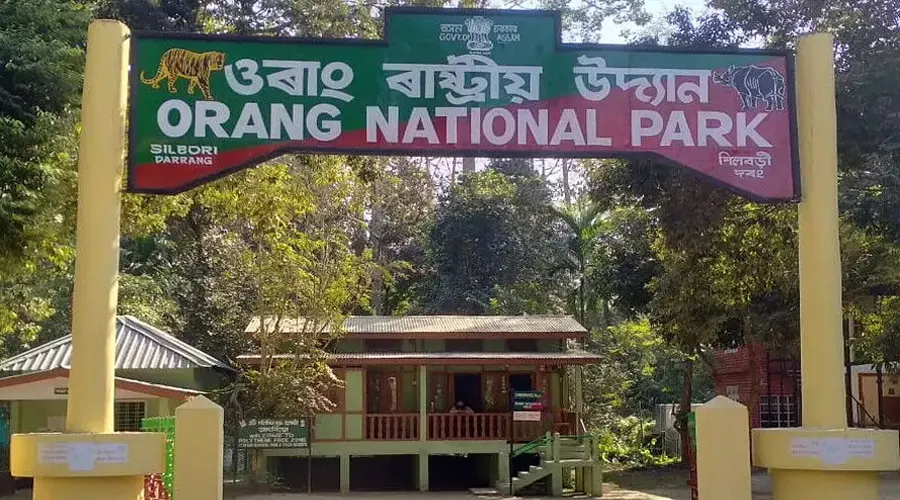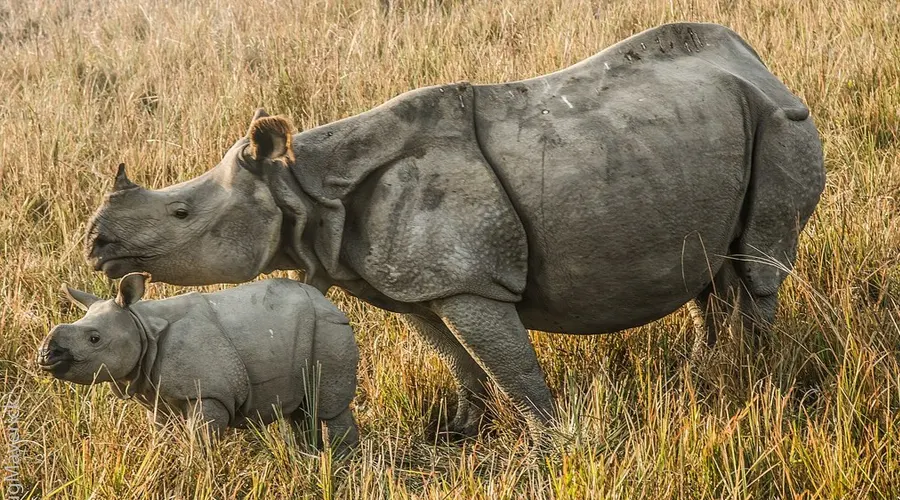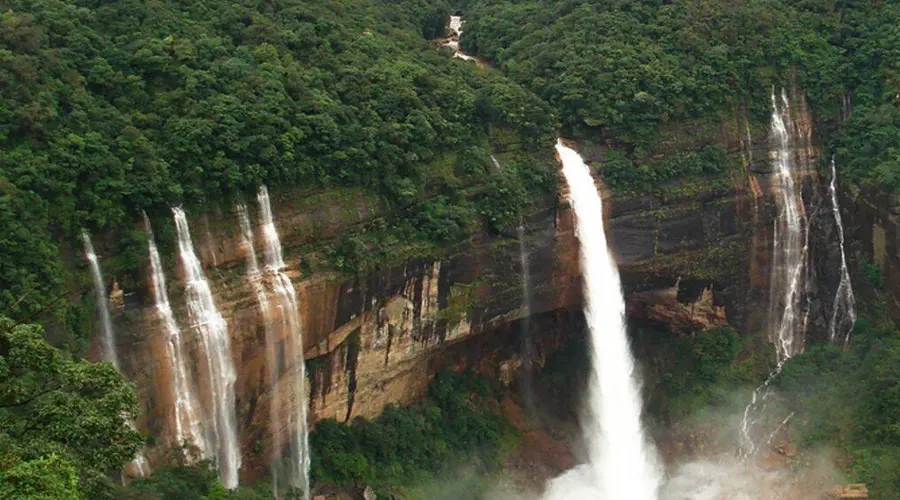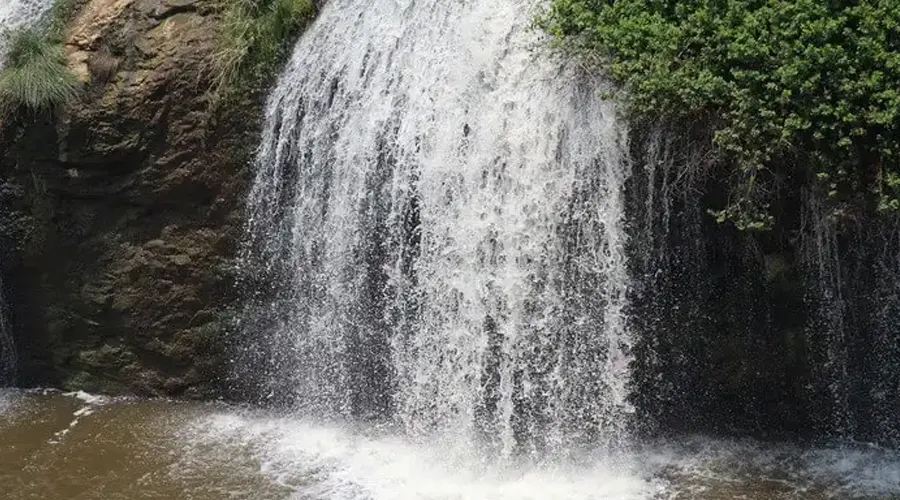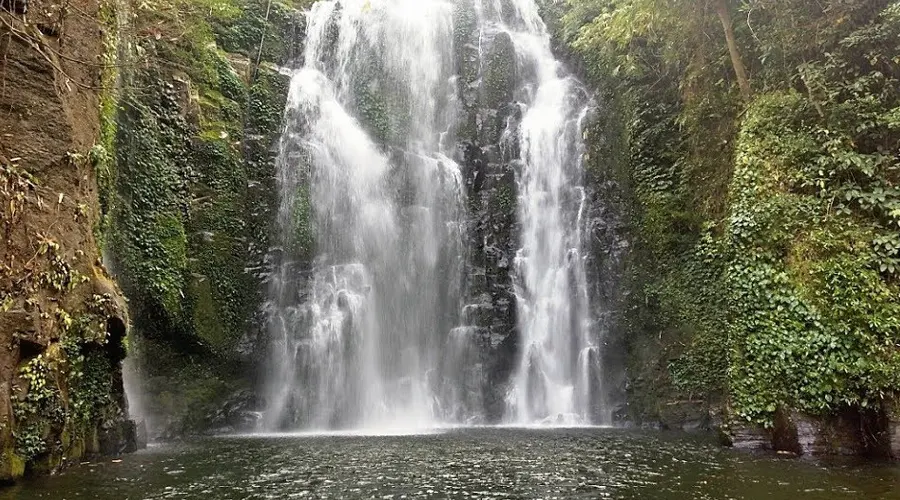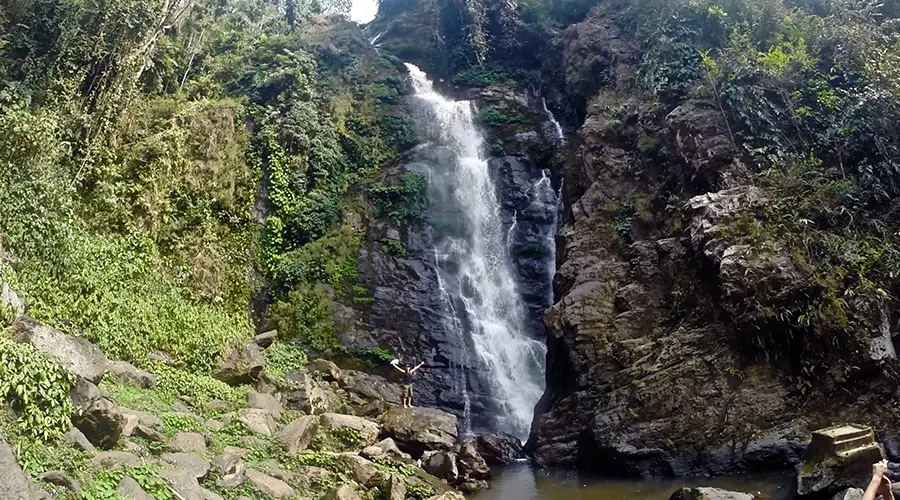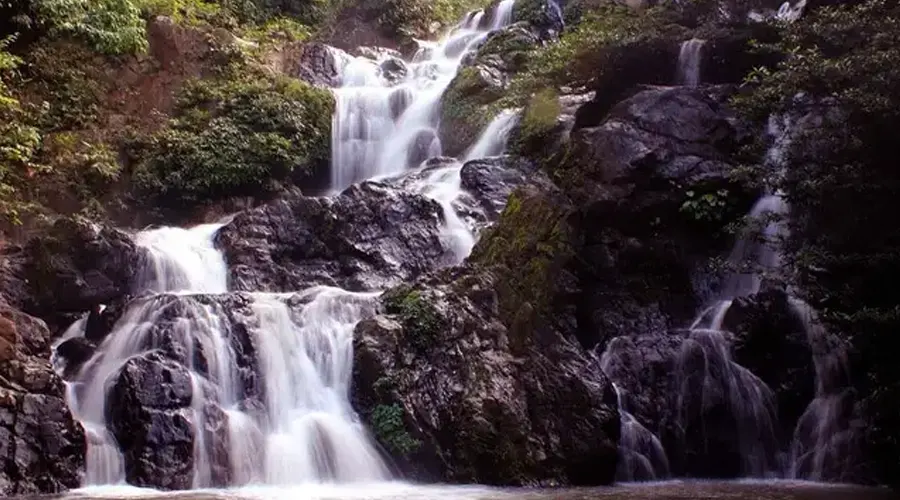Assam
Assam is one of the Eight Sister states of Northeastern India. Known for its rich culture and diverse population, the culture of Assam is a fusion of Indo-Burmese, Mongolian and Aryan influences. This beautiful land, known as the 'land of red rivers and blue hills' is a little paradise with untouched natural landscapes worth to be traversed for its pristine beauty. The people of the state are collectively called Axomiyas and the language Axomiya also known as Assamese is the most widely spoken official state language.
History of Assam
The roots of Assamese culture go back almost two thousand years when the first cultural assimilation took place between Austro-Asiatic and Tibeto-Burman groups.
There were three waves of cultural assimilation in Assam. First, it was the Tibeto-Burman ethnic groups that had arrived from Tibet, Yunnan, and Sichuan provinces of China who mixed with the scarcely present aboriginal Austric people like the Khasi and Jaintia.
Then there was a wave of Indo-Aryans from Northern India, which brought the Vedic culture and Hinduism into Assam.
The last wave of migration was that of the Ahoms (Tai/Shan) who added another chapter to the Assamese culture. The Ahoms, later on, brought some more Indo-Aryans like the Assamese Brahmins and Ganaks, and Assamese Kayasthas to Assam. The Assam we know today was founded by the Ahom kings.
During the six hundred years of rule, the Ahom dynasty managed to keep the kingdom, independent from the Mughal, the muslin invaders of India before the British, as well as other invaders though Mughal attacked Assam seventeen times. During this era, Assamese society was exogenous.
The British entered Assam in 1824 as a tea planter which was the starting point of the destruction of the Ahom dynasty. Along with the British, the immigrants entered Assam from India together with their traditional beliefs such as the caste system and dowry system. Some of the immigrants become a part of the Assamese society, and others still practice their traditions.
British ruled till 1947. With the freedom of India, Assam also became able to achieve independence and became a part of it. Since then, Assam has been passing her time as a part of the Indian union.
Heritage of Assam
With tales of conquest, dominance, victory, and chivalry, Assam has a long history, from the Paleolithic period to colonial conquest, backed by innumerable stranded ruins; reverent yet thought-provoking shrines; grass carpeted cemeteries, and incredible wildlife. When it comes to historical tours there are many places to explore in Assam but it's the temples that attract the maximum attention. Especially the famous ones like Kamakhya Temple, Navagraha Temple, Umananda Temple, and Basistha Temple, each with a charm of its own, and grand epics that further add to the intrigue. When it comes to spiritual enlightenment, another place that is worth mentioning is Poa Mecca, which is believed to have the 1/4th sanctity of Mecca. Even the wildlife reserves have a share of history too. With Mother Nature’s most fabulous creations and wildlife reserves like Kaziranga National Park and Manas National Park, Assam hosts an emblematic concentration of wildlife, which makes them a highlight even in the UNESCO world heritage sites.
Assam owes a lot of its history to the Ahom dynasty, the determined rulers who ruled over the state between the 13th and the 18th century. Owing to them, Assam got Asia’s first amphitheater, Rang Ghar in Sivasagar sharing space with various other archaeological sites like Da-Parbatia, Madan Kamdev, Agnigarh, Suryapahar, Deoparbat, Ambari excavations, and Moidams. The archaeological sites of Assam have a deep mythological connection too, which can be seen in the form of attractions in Tezpur, the City of Eternal Romance. In Assam, one can find a heady mix of nature, and history too in the form of Majuli, the best place to visit in Assam. One of the largest riverine islands in India, Majuli has a good number of Satras too, established by Sankardeva and Madhavdeb. Other prominent attractions that one should explore over a historical tour of Assam are Sualkuchi, Jorhat, Borduwa, and Guwahati.
Customs and Traditions of Assam
Customs and traditions play a significant role in society and the Assamese strictly adhere to the customs laid down by their forefathers, in their communities. These customs are beliefs that originated in the past and have been followed ever since, generation after generation. The weddings, birth, death, and festivals in Assam include many customs that are supposed to be followed by all. For instance, the Assamese use bamboo to welcome guests because of their attachment to the bamboo culture. Known as Jaapi, this is known as the sunshade of Assam. It is made of bamboo strips and dried palm leaves locally known as Tokow Pat. There are many types of Jaapi like the Halua Jaapi, Pitha Jaapi, Sorudoiya Jaapi, Bordoiya Jaapi, Cap, etc. These Jaapis were also used as headwear back in the olden days, mostly by rich and noble families. They are also used by farmers and peasants as umbrellas in the paddy fields.
People of Assam always believed in the joint family system and it is still prevalent among both tribal and non-tribal communities. The rule that was followed for inheritance was called Dayabhaga. This system holds strong even today. The custom is that a child cannot claim his share in the property of the father as long as the father lives. Some of the tribes follow customs like the matriarchal system, which asserts that the mother is the center of the clan and that her property will be given to her daughters. If there are no daughters, it will be passed to the youngest daughter of her sister. The prevalent custom among the Dimasa-Kacharis is that the sons inherit the father's property while the daughters inherit the mother's property.
Traditional Dress and Jewellery of Assam
The traditional dresses of Assam culture are usually plain and elegant and mostly hand-loomed. Women typically wear the Mekhela Chador, which is a two-piece garment and is worn by women of all ages. Men resort to wearing the Dhoti and the Gamosa.
Each tribal group in the state has its distinct style of dressing, which is quite different from the other tribal group’s style. In the case of the Dimasa Tribe, the women usually dress up in the vibrantly colored Righu. Simultaneously, the men wear a special kind of Dhoti called Risha and a Sgaopha (a type of turban), generally on formal occasions. In the Bodo Tribe, women usually wear Dokhona. An outfit called Kaum Kontong is worn by the women of the Rabha community while the men of the same community wear the Dhoti and Gamosa.
The people of Assam also adorn themselves with elegant pieces of jewelry that are unique and distinct to the state. The pieces of jewelry are usually handmade with gold and silver. Men wear Biri, Lokaparo, Kundal Matamoni, and Magardana, while women wear Gam-kharu, Thuriya, Aargathi, Kharu Nupur, and Nalak among others.
Festivals of Assam
Assam is full of festivals, the most important being the Bihu. It is celebrated to mark the important points of a cultivator's life over a yearly cycle. A non-religious festival that is celebrated irrespective of caste and creed. Rongali or Bohag Bihu is celebrated in mid-April with the coming of spring and the beginning of the sowing season. It is also known as Rangaali Bihu ("rang" means merry-making). Next, is the Kangaali Bihu (kangaali meaning poor) is celebrated in mid-October. It is called so because by this time the harvest is brought home. The Magh Bihu is celebrated in mid-January. There are community feasts and bonfires which take place. Also known as the Bhogaali Bihu ("bhog" means enjoyment and feasting). The first day of Rongali Bihu' is called Goru Bihu when the cows are taken to the nearby ponds to be bathed.
The first harvested crop is offered to God as a token of their gratitude for the harvest. Apart from the Bihu festival, the state is also home to several other festivals such as Ras Lila in Majuli, the Tea Festival, Majuli Festival, and the Ambubachi Festival.
Ali-Ai-Ligang is the spring festival, and the name of the festival is made up of three terms- 'Ali', root and seed, 'Ai' means fruit, and 'Ligang', to sow.
Cuisine of Assam
Assamese dishes are said to be less spicy than any other Indian dishes. Assamese are mostly non-vegetarian, and their staple diet is rice. Fish, chicken, duck and pigeon, and pork are widely eaten and quite popular. Fish curry is another favorite that is prepared as a sour dish called Machor Tenga. Baked fish wrapped in leaves with white mustard paste is a popular delicacy called Patot Diya mas where 'pat' means leaf in Assamese. Dried fish is a traditional tribal cuisine. Mutton, duck pigeon, and fowl are many of the varieties of meat preparations. The variance of rice is produced and prepared like Cheera (flattened rice), akhoi (parched paddy grain), muri (puffed rice), pithguri (pound rice), Sandoh Guri (fried, pound rice), Komal saul, and bora saul.
The presence of traditional 'detoxifying' appetizers like Khar is prepared by burning the stem of the banana tree. It has a specific flavor that is soothing for the tummy.
People who have a weakness for sweets won't be disheartened as the Assamese dish is incomplete without sweets and one of its specialties called pitha is made from rice. Til pitha (molded sticky rice cake with black sesame filling), ghila pitha (fried rice cakes), sunga pitha (rice cake baked inside whole bamboo pieces), narikolor laaru (sweet coconut balls), and Kol pitha (banana pancakes) are some of these delicacies of the Assamese cuisine.
Major Occupation in Assam
Agriculture is the main occupation of the people in Assam. It accounts for 63 percent of the state's workforce. The farmers engaged in the cultivation of rice, which is the staple diet of Assamese people. Other crops include pulses, jute, tea, and fruit cultivation. Assam is well known for its tea plantation all over the world and the tea gardens of Assam employ nearly a million people. Assam's tea plantation forms 15 percent of the world's tea output. The major revenue of the people in Assam is due to the forests. Timber and bamboo are the prime products from the forests of Assam and the production of these involves many people. Besides cultivation, weaving is another major occupation in Assam. The Assamese women practice weaving as an occupation. The state is known for the production of silk material, tussar, and other fabrics. The industries of wood products and food also provide occupation to many.
Famous Tea of Assam
Assam is known for Assam Tea and Assam Silk. Assam tea is known for its deep burgundy-red cup and pungent flavor and is famous all over the world. Assam is the single largest tea-growing region and it produces more than half of India’s tea.
Folk Music of Assam
It is not a surprise that Assam is rich in folk music. From the time of the Kamarupa Kingdom followed by the Ahom Dynasty, Assamese culture has been influenced by each of its rulers except the British rule which ended the Ahom Dynasty. Indigenous folk music has influenced the folk music of artists like Bhupen Hazarika, Parvati Prasad Baruva, Jayanta Hazarika, Utpalendu Choudhury, Nirmalendu Choudhury, and many others. Classical Assamese music is divided into Borgeet and Ojapali which combines narrative singing with dancing. The music of Oja-pali has a raga system of clear traditional orientation.
Traditional Dance of Assam
Ojapali, Devdasi, and Satriya are the major dancing styles of Assam. Oja or the lead dancer narrates a mythological story along with the fusion of dance and acting. It is of three types - biyah-gowa which presents Mahabharata stories with the rhythmic use of feet, sukananni which celebrates the worship of snake goddess Manasa, and Ramayani is based on the Assamese version of Ramayana. Satriya, developed by Sankardeva. Devadasi - deva-nati or nati nas is a conventional temple dance that is performed by unmarried women who submitted their lives to the presiding deity.
The dances of the Bodos are associated with the Kherai Puja festival where the Bagurumba dance is the most popular. Other folk dances are incomplete without the Jhumur performed by the Adivasis which is a synchronized dance of boys and girls to the sounds of drums and flute.

